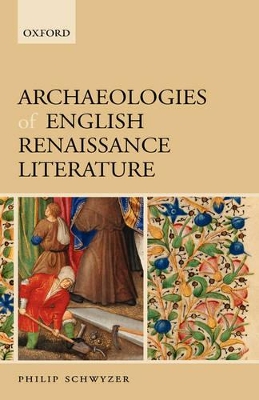This study draws on the theory and practice of archaeology to develop a new perspective on the literature of the Renaissance. Philip Schwyzer explores the fascination with images of excavation, exhumation, and ruin that runs through literary texts including Spenser's Faerie Queene, Shakespeare's Romeo and Juliet and Hamlet, Donne's sermons and lyrics, and Thomas Browne's Hydriotaphia, or Urne-Buriall. Miraculously preserved
corpses, ruined monasteries, Egyptian mummies, and Yorick's skull all figure in this study of the early modern archaeological imagination. The pessimism of the period is summed up in the haunting motif of the beautiful corpse that, once touched, crumbles to dust.
Archaeology and literary studies are themselves products of the Renaissance. Although the two disciplines have sometimes viewed one another as rivals, they share a unique and unsettling intimacy with the traces of past life - with the words the dead wrote, sang, or heard, with the objects they made, held, or lived within. Schwyzer argues that at the root of both forms of scholarship lies the forbidden desire to awaken (and speak with) the dead. However impossible or absurd this desire may be,
it remains a fundamental source of both ethical responsibility and aesthetic pleasure.
- ISBN10 0199206600
- ISBN13 9780199206605
- Publish Date 22 February 2007
- Publish Status Active
- Publish Country GB
- Imprint Oxford University Press
- Format Hardcover
- Pages 240
- Language English
